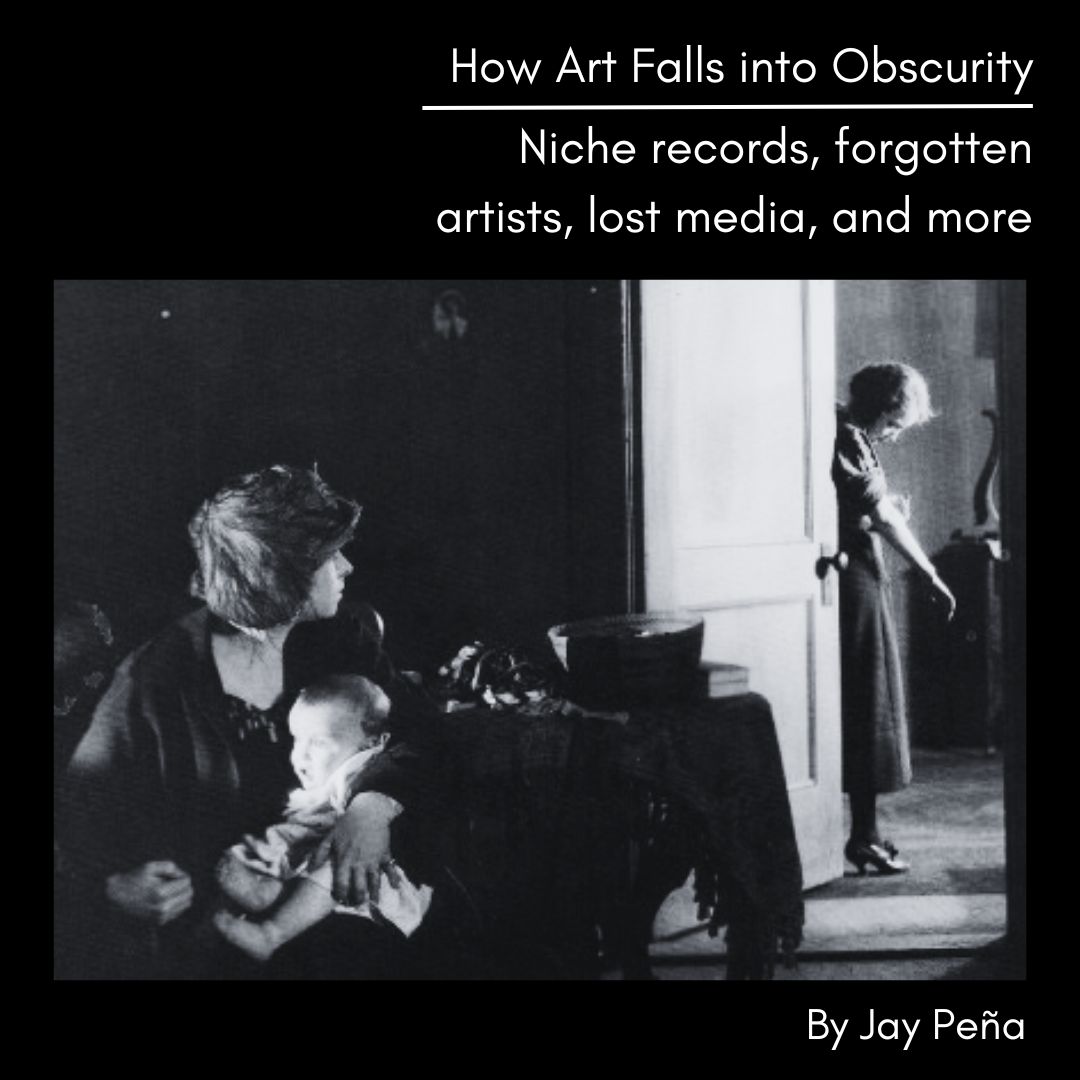In today’s world, where seemingly everything can be saved and archived, it seems almost impossible to think that something like a piece of art, whether it be a song, film, or painting, could just disappear. That’s not the case, however. There have been tons of artworks created that have seemingly vanished from the public’s consciousness. This begs the question: how did these works go missing in the first place, and, perhaps more importantly, can they ever be recovered?
Missing or forgotten works of art are often referred to as pieces of “lost media.” These works can range from music to movies to other forms of art. The process of various works falling into obscurity isn’t exactly an uncommon one. In fact, according to the Library of Congress, 75% of American films made during the silent film era of cinema have been lost.
There have been recent attempts made to recover the origins of certain works labeled as being “lost media.” One instance was the search on TikTok to uncover a certain audio clip that had surfaced of an 80s-sounding pop song.
“The most recent piece of lost media I saw, and actively kept up with, was the song “Ulterior Motives,” said junior Emma Miller. “It became huge on TikTok with everyone scrambling to find it. Its popularity kinda died down after that.”
Some have posited that the heart of why art, film, and music go missing lies within the very nature of the modern-day internet itself.
“The internet is just so exponentially cosmic that there’s no way everything will be remembered,” said Miller. “As time passes, older, more niche stuff is pushed out by the algorithm.”
This sentiment is echoed by others.
“It is genuinely surprising to me that, in an age where every single piece of media seems to have someone who’s willing to dedicate their life to it, there still exists a ton of media that falls through the cracks and into obscurity,” said junior Tiffany Ye. “It does make me feel sad in a way because it shows that media can very easily be lost if no one takes the initiative to archive it.”
Despite the internet creating a seemingly vast archive of records and artworks, that archive has found itself becoming increasingly weak. Perhaps the most popular and expansive archive on the internet is none other than The Internet Archive, a non-profit site dedicated to preserving virtually everything shared and created online. While the site is currently still up and running for the time being, it has not been without some struggles. The organization has faced various challenges, such as cyber attacks and lawsuits threatening the digital library of the organization and the works within.
Other students suggest that the loss of these works is related to the attitudes of their audience.
“Part of it is that people don’t care,” said junior Em Montalvo. “We don’t really think about movies that were popular two years ago, let alone movies and plays and others made almost 50-100 years ago. A similar point is that technology advances too fast. Twenty years ago, we had flip phones that could only text and have 20 songs. Now we have supercomputers in our pockets. Things no one thinks anyone cares about slip through the cracks.”
The disappearance of these pieces of media, no matter how seemingly small or insignificant, can still create a sense of loss. Many dedicate their lives to their craft, and the thought that the fruits of their labor could be virtually erased from time is an unpleasant one.
“I think that the second media becomes ‘lost’, someone who poured their heart, soul, and time into something gets erased,” said Montalvo. “Think of how many amazing movies, TV shows, or just people that no one remembers because we advanced in technology, and the media couldn’t keep up.”
The question still remains: Is there a possibility to bring these works back? With the internet being so vast, with millions of people sharing various pieces of information and art every day, some feel optimistic about the idea of rediscovering lost art.
“Nothing is truly lost on the internet, it’s just kinda sitting in a quiet corner,” said Miller. “Most lost media is recovered through very thorough research, breaking down pixels and everything.”
Others are a little less hopeful about the future of these works.
“I think some of them are lost forever,” said Montalvo. “A movie made in 1940 that only sold 20 copies, all hard copies, is not going to be rediscovered. For other forms of lost media, I see possibilities. TikTok, Reddit, and other platforms have a knack for finding things lost on the internet.”
And some still remain hopeful for the future of some of these lost works to be recovered through thorough research and digging by enthusiasts.
“I really do feel like the power to preserve art lies in the hands of its fans,” said Ye. “I have no idea how someone would even begin the search to find lost media, but I think a dedicated community built around searching for one specific work, like Celebrity #6 and the backrooms, makes the whole process a lot easier.”
Ultimately, art becomes obscure for a variety of reasons, ranging from technological development to fading memories; the chance of being able to bring every missing piece back is generally seen as a difficult endeavor. However, maybe calling these works lost might be a bit untrue. Perhaps a better way to look at them is in hiding, stashed away in attics, basements, or files on a computer, some destined to remain there forever, but all in their place just waiting to be found.







